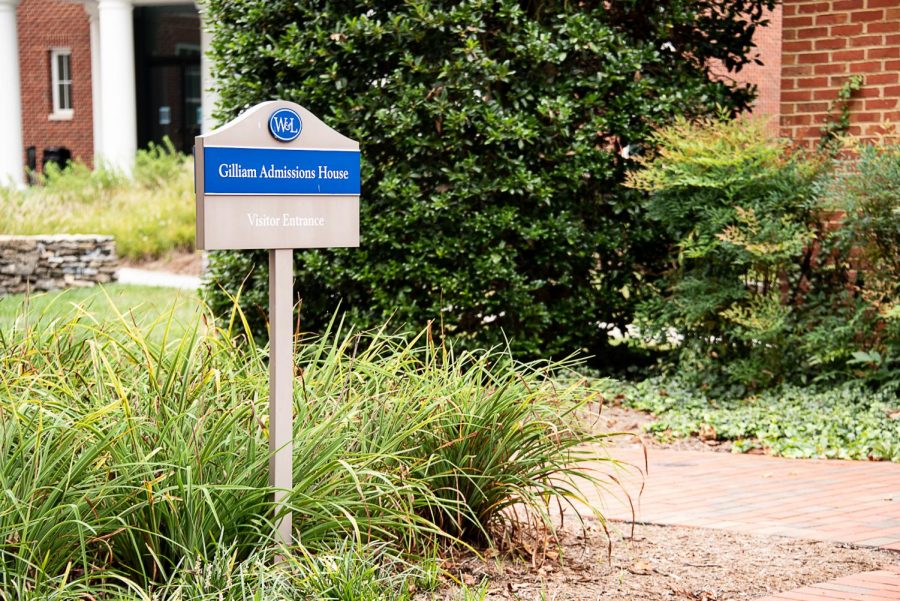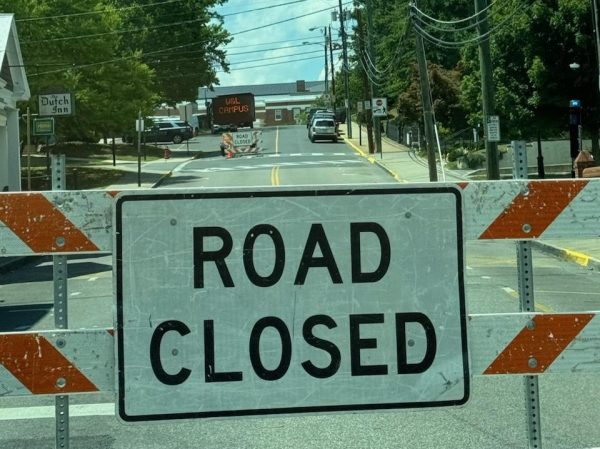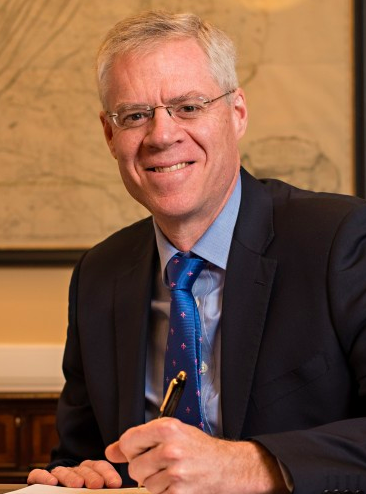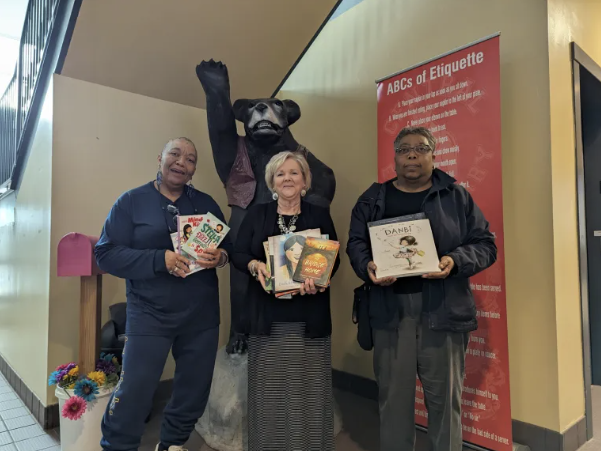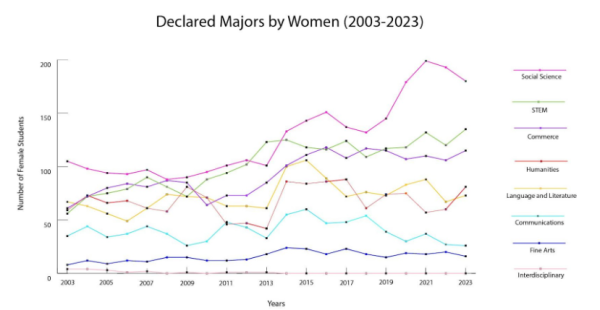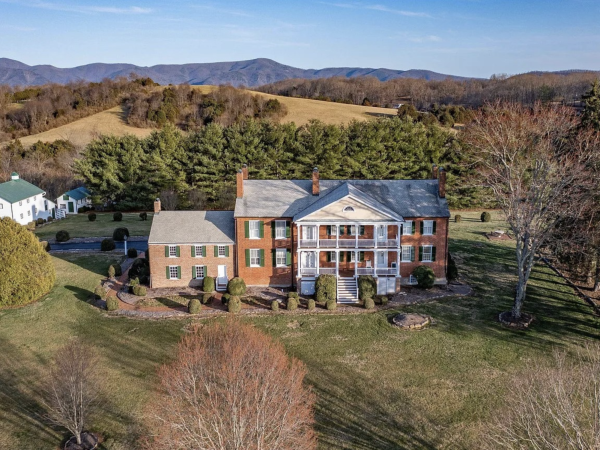Admissions pivots to acommodate COVID guidelines
In-person admissions programs are being replaced with numerous virtual options
Gilliam Admissions House sits next to the colon-nade on campus
September 22, 2020
Prospective students will not be able to visit Washington and Lee University in person this year. But admissions counselors are pivoting to ensure these students experience what the university has to offer.
“Nothing beats being on campus,” said Amber Cooper, ‘12, the assistant director of admissions.
But in order to abide by COVID-19 guidelines, the admissions department had to adjust many of its in-person programs to meet students where they are– virtually.
“Many of the hallmarks of the Washington and Lee admissions process have had to take new form, including the in-person Diversity and Inclusion Visit Experience,” Cooper said.
The DIVE program is usually a three-day immersive experience that brings students from across the country to campus to attend class and spend a night with a student host.
But this year it is taking place over the next three weeks. Cooper, also the DIVE coordinator, said that the virtual experience will still involve some of the same immersive aspects of the in-person program, like student and faculty hosts.
Student host Catherine Xia, ’23, said that this year hosting was actually easier than in the past.
“This process doesn’t require as much time commitment as before, which I liked, especially now due to the high stress of COVID-19 and schoolwork,” Xia said.
More than 100 prospective students will attend three sessions focusing on aspects of life at Washington and Lee. The session focused on academic life will include a faculty panel and focus on research and internship opportunities. On the final day, focused on student life and activities, the prospective students will be able to participate in something that could not be done during the in-person trips: a virtual activities fair.
But DIVE isn’t the only opportunity for prospective students to learn about Washington and Lee.
“We are filling students’ mail and email inboxes with information about the university, we are attending virtual high school visits, college fairs and programs, including a series of Meet the Deans of UVA, W&M, Richmond and W&L for Virginians,” said Sally Stone Richmond, the vice president for admissions and financial aid.
The office is also conducting virtual interviews, information sessions, panels, and providing a virtual tour and a revamped self- guided tour which encourages safety precautions.
There has been a 39% increase in interview requests, Richmond said.
Washington and Lee is actively reaching out to prospective students through virtual high school visits and programs like “Meet the Deans.” Cooper also suggested that there may be another program similar to DIVE but with more open admissions in the future.
The University Ambassadors haven’t been idle either. The student tour guides are giving a number of national and regional programs this fall.
“We’re not doing any virtual tours as individual ambassadors, but we’re doing a lot more info sessions with admissions counselors,” Judy Park, ‘22, said. “There’s options for one on one chats with students and prospective students as well.”
Park has been a University Ambassador for three full semesters. She said the virtual programming has allowed for more interactivity with a broader audience of students than before.
While everyone is excited to be back in person, this type of virtual programming isn’t likely to be just a passing trend.
These changes, Cooper said, “definitely[make] it more accessible for students who have the technology” and extend the reach ofthe admissions office.
Though all of the virtual programming may not remain available forever, some of it will likely remain up for future years.
In spite of the challenges, the department is optimistic for the future class of 2025.
Richmond has already seen “healthy common application submissions” and can already tell that these students are “just like their predecessors…curious, caring and creatively engaged in their communities.”



